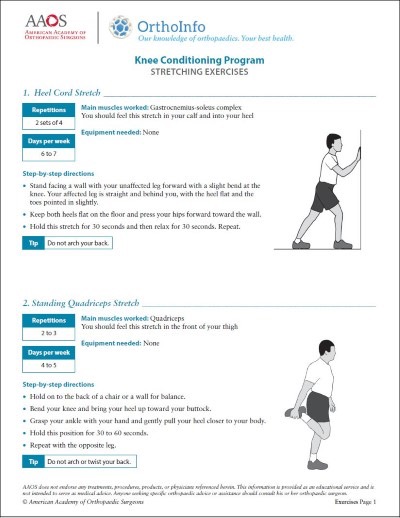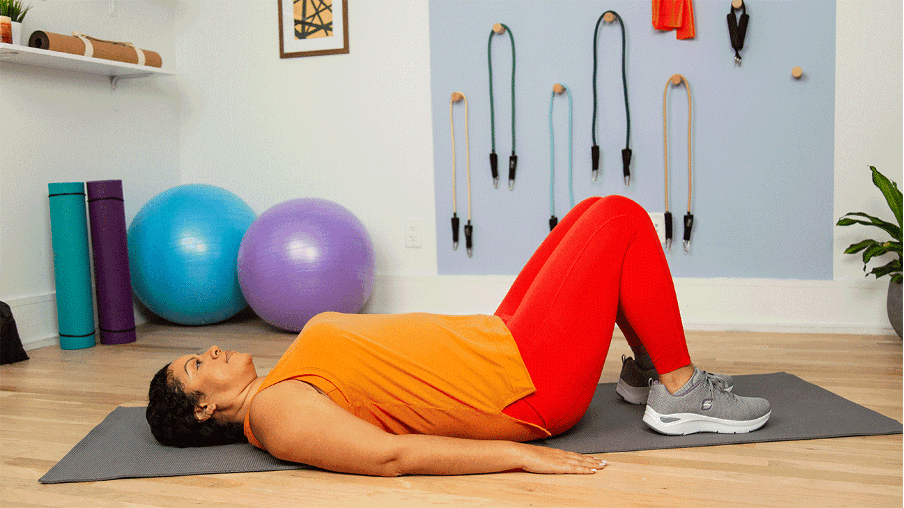Seeing A Physical Therapist Can Help Ensure A Safe Return To Sports
Physical activity is crucial for our overall health and well-being, but it’s not without its risks. Whether you’re a professional athlete or a weekend warrior, sports-related injuries can happen to anyone. Such injuries can keep you off the field or sideline you from your favorite workout routine, hindering your progress towards your fitness goals.
That’s why seeking the help of a physical therapist when recovering from an injury is essential for ensuring a safe return to sports or physical activity. In this blog post, we’ll explore how seeing a physical therapist can help you rehabilitate and recover from sports injuries so that you can return to doing what you love without risking further damage to your body.
The Importance of Seeking Physical Therapy for Safe Return to Sports
Seeking physical therapy is crucial for those looking to safely return to sports after an injury. Physiotherapy works to restore the body’s natural movement and functional ability, helping to prevent muscular stiffness and weakness. It also helps to assess the pathological condition of an injury and determine the most effective exercise routine to improve mobility and prevent further injury.
Working with a physical therapist can also help athletes maintain a balanced approach to activity and rest, ensuring that they are not pushing themselves too hard or risking further damage. It is important to consult with doctors and therapists before starting an exercise program to ensure that it is safe and effective. By implementing the right physical therapy methods, athletes can enhance their sports performance and safely return to the activities they love.
Guidelines for Effective Exercise Routines
Effective exercise routines are essential for ensuring a safe return to sports. Fitness experts emphasize the importance of exercise at home to maximize movement capacity and ensure the success of physical therapy.
The treating specialist must bear in mind that the nature of sports kinetic therapy is not only health and organs but also nurturing the kinesthetic sense. The exercise routine should include stretching, strengthening, and balance exercises, walking training, breathing exercises, and patient education. It is crucial to describe to the patient a walking aid that varies based on their injury.
An actual physiotherapist must play a vital role in helping the patient to return in a safe atmosphere and a safe way. Manual therapy is also essential and carried out by performing finger movements on the muscles and joints of the body to help. By following effective guidelines, physical therapy can successfully strengthen the body, prevent muscle stiffness, and enhance sports performance.

Maintaining a Balanced Approach to Activity and Rest
Maintaining a balanced approach to activity and rest is crucial for athletes who are recovering from an injury and looking to return to sports. It is important to understand that rest and recovery are just as important as exercise and exertion. A physical therapist can help individuals strike a balance between activity and rest by creating a customized exercise routine that gradually builds up stamina and strength.
Overexertion can result in muscle fatigue, joint pain, and other injuries, which can jeopardize a safe return to sports. By following the guidelines of a physical therapist, athletes can ensure that they are following a safe program that includes adequate rest and recovery periods in between workouts. A balanced approach to activity and rest, coupled with professional consultation, can promote a safe and effective return to sports.
Importance of Consultation with Doctors and Therapists Before Starting Exercise Programs
Before starting any exercise program, it is essential to consult with doctors and therapists to ensure a safe return to sports. This step is crucial as it helps individuals to identify any health restrictions and create an exercise program that caters to their specific needs.
By seeking consultation, individuals can avoid aggravating existing injuries or developing new ones. Doctors and therapists can provide valuable guidance on the appropriate exercises to undertake and the frequency of training.
Furthermore, consultation ensures that individuals receive proper supervision and encouragement to help them achieve their fitness goals. It is important to remember that everyone is unique and may require different exercise routines, and seeking the advice of medical experts is essential to achieve a safe and effective return to sports.

Regular Exercise Helps Prevent Muscular Stiffness and Weakness
Regular exercise is crucial for preventing muscular stiffness and weakness, especially after an injury. As mentioned earlier, muscles can become tight and weak when they are not regularly used, and this can further increase the risk of injury. This is why physical therapists often incorporate stretching and strengthening exercises into their treatment plans. These exercises help increase flexibility and range of motion, while also building up muscle strength to prevent future injuries. It’s important to note that exercise should be done in a balanced manner, taking into consideration the individual’s specific needs and level of fitness.
Additionally, consulting with doctors and therapists before starting any exercise program can help ensure that it is safe and effective. By following guidelines for effective exercise routines and maintaining a balanced approach to activity and rest, athletes can reduce the risk of muscular stiffness and weakness and make a safe return to sports.
The Impact of Injury on Sports Activities and Use of Heat Therapy
When an athlete experiences an injury, it can have a significant impact on their ability to participate in sports activities. However, the use of heat therapy can be beneficial in reducing pain and inflammation while promoting healing.
It increases circulation and metabolic activity in the affected area, which helps stimulate the recovery process. Additionally, physical therapy can assist in the rehabilitation process, aiding in the return to full activity. It is crucial to consult with a doctor or therapist before starting any exercise program to ensure that it is safe and effective.
Proper exercise routines can prevent muscular stiffness and weakness, allowing athletes to continue pursuing their passion without pain or limitations. By taking a balanced approach to activity and rest and utilizing the expertise of sports therapists, athletes can safely return to sports and maintain their performance level.
Use of Physical Therapy Methods to Enhance Sports Performance
Physical therapists are equipped with comprehensive knowledge and skills to aid athletes in enhancing their sports performance. By improving joint movement, cardiovascular system, muscle strength, and overall body coordination, athletes can achieve their optimal output in competitive sports.
Physical therapists also use advanced techniques such as fascial manipulation and soft tissue mobilization to ensure muscles are firing in unison and to prevent future injuries. The use of customized physical therapy programs can efficiently target the specific needs of an athlete, making sure that their body is prepared for the demands of their sport. With the guidance of a physical therapist, athletes can enhance their performance while also maintaining a safe return to sport, minimizing the risk of re-injury.



